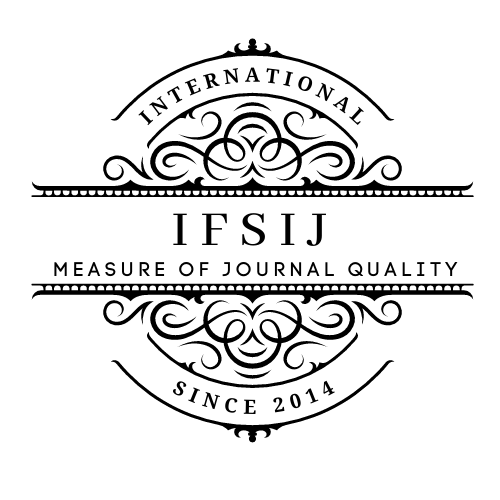HYGIENIC CHARACTERISTICS OF CHEMICAL RISK FACTORS IN A RESIDENTIAL ENVIRONMENT
Keywords:
Residential buildings, toxic substances, microclimate of residential buildings, formaldehyde, benzene, ammonia, lead, pesticides, volatile organic compounds.Abstract
Hygienic characterization of chemical risk factors in a residential environment is an important component of human health monitoring, since most people spend most of their time in rooms where various chemicals may be present. These substances can enter residential premises through air, water, food or building materials, causing negative health effects. Within the framework of this work, the main chemical pollutants of residential premises, their sources, as well as ways of influencing the human body are considered. These factors include: formaldehyde, benzene, ammonia, lead, pesticides, as well as volatile organic compounds that can be released from furniture, building materials, and household chemicals. The risks associated with these substances are assessed based on their toxicity, concentration in the air, and exposure time. Special attention is paid to hygiene standards established for chemicals in residential premises, as well as measures to reduce their concentration and prevent pollution of the internal environment. Indoor air quality control methods and ways to improve ventilation are considered, as well as the role of preventive measures and informing the public about possible threats.
Downloads
Published
Issue
Section
License

This work is licensed under a Creative Commons Attribution-NonCommercial-NoDerivatives 4.0 International License.















